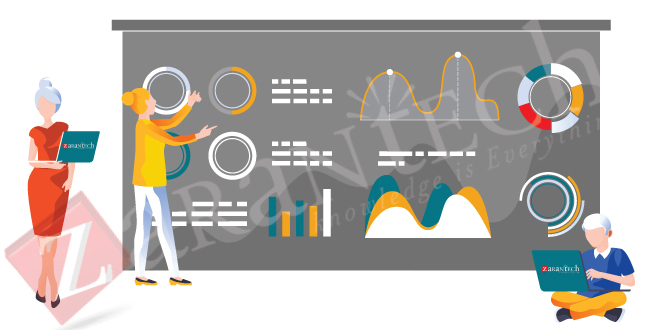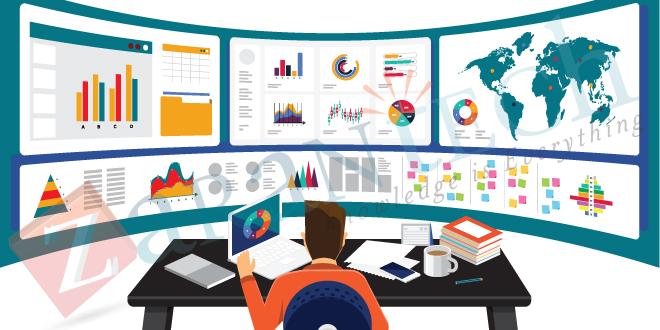Frequently Asked Business Analyst Entry-level Interview Questions
Category: Agile Business Analysis Posted:Apr 28, 2020 By: Serena Josh
It is safe to say that you are going for a business analyst interview? What is the regular section level of business analyst interview questions? In this post, we are going to show some significant questions.
For what reason would it be advisable for us to consider you for this profile? What will you do for this organization?
This question can lose your confidence if you are not well planned for it. This question requires some planning. Firstly, you should think about the key responsibilities areas and skills expected for this profile. This can be secured in the Job Description(JD).
Also, map your current skills as well as experience the required skills and responsibilities areas. Let us take an example to comprehend the way to deal with an answer to this question.
What’s the difference between needs and requirements?

Requirements are a helpful representation of the Needs. Needs are a significant level description of the client’s needs. Requirements are the expanded and detailed out description of the client’s needs.
To get a better idea of the Workday, Click here Choosing the Right Elicitation Technique in a given Situation
Need’s Example- Only authenticated users can enter the system to access the member-only features.
Requirements Example- Create a login screen that will allow the members to enter the login ID and password and click on the submit button to access the members-only area. If a wrong login ID and/or password, the system shows an error.
Have you participated in requirements elicitation meetings? What are the major challenges you faced?
Yes, I have taken an interest in the requirement elicitation phase in my last project. This project was for ‘National Bank’ (Change it according to your client name). We were doing this project for the retail banking group. Even though there were a few difficulties, I want to point it out.
## Even though we had planned the requirements for elicitation meetings, well in advance and had also communicated to the bank, we found that the stakeholders were not accessible at the booked time and we had to wait for hours sometimes. This would affect the overall schedule, so we included the senior management and asked them for better cooperation.
## I have also come across different versions or contradictory requirements coming in from different stakeholders.
Kick-Starting a Career in Workday, Click here to know How to become a Business Analyst in the Healthcare domain?
As a business Analyst, which all documents have you prepared?
I have prepared a lot of documents, some of them are:
- Requirements Traceability Matrix
- Change Request Document
- Gap Analysis Document
Make sure you will take the name for those documents in which you are aware of this.
What is the Gap Analysis?

Gap Analysis is a term utilized in the product implementation lifecycle, generally.
In product implementation, we conduct the “AS IS” process study to comprehend the existing business processes in detail.
The next step is to study the “TO BE” process. The “TO BE” process presents the desired procedures. This is the essential reason why this project is in progress.
Once the “TO BE” processes are studied, the product is arranged to join the “TO BE” processes in the product, whatever is configurable. Remaining procedures are either developed as product customization or custom build process.
At last, the configured product is exhibited to the customers. During this session, All the gaps in the system are recognized for example custom reports, yet to be executed business processes, search, and so on.
What are the key components of an SRS?
Key components of an SRS are demonstrated as follows:
- Scope of Work
- Assumption, Constraints, and Dependencies
- Functional Requirements
- Data Model
- Non-Functional Requirements
- Acceptance Criteria
Go through our Business Analysis Interview Questions to crack the Interviews.
You mentioned Assumptions and Constraints. For what reason would they say they are important?
Assumption, Constraints, and Dependencies are significant parts of any software project as they represent the Assumption and constraints within which the projects must be executed.
The schedule is created considering the assumptions and constraints and if any of the assumptions get invalid, it may adversely affect the projects. So, recognizing them in the Requirements specifications document becomes important.
Conclusion
Business Analysis is used to recognize and articulate the need for change in how organizations function, and to promote that modification. As business analysts, we identify and define the solutions that will maximize the value delivered by a company to its stakeholders.
I hope that by now you have had an overview of Business Analysis. Before you enroll in ZaranTech’s certification course on Agile Business Analysis do check out this demo video:





 99999999 (Toll Free)
99999999 (Toll Free)  +91 9999999
+91 9999999